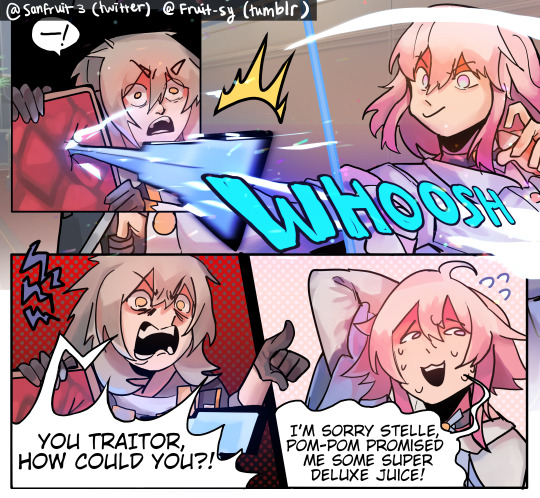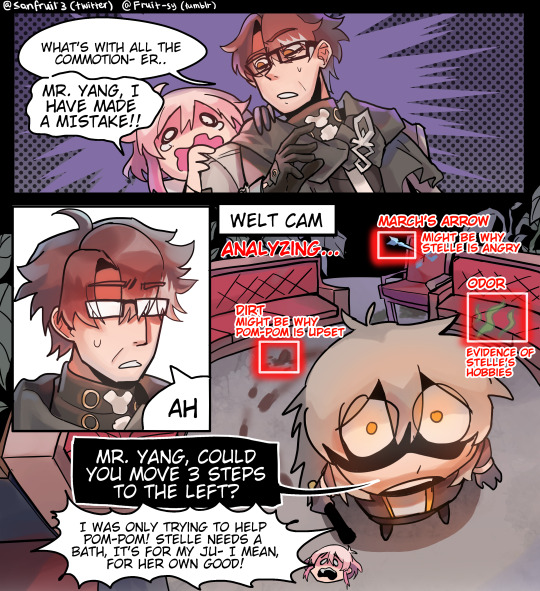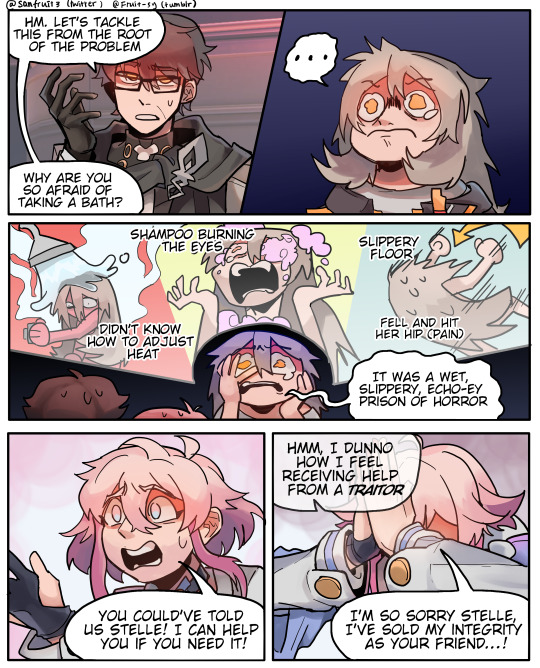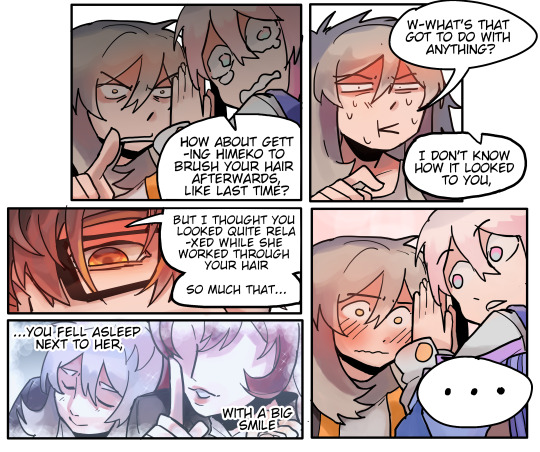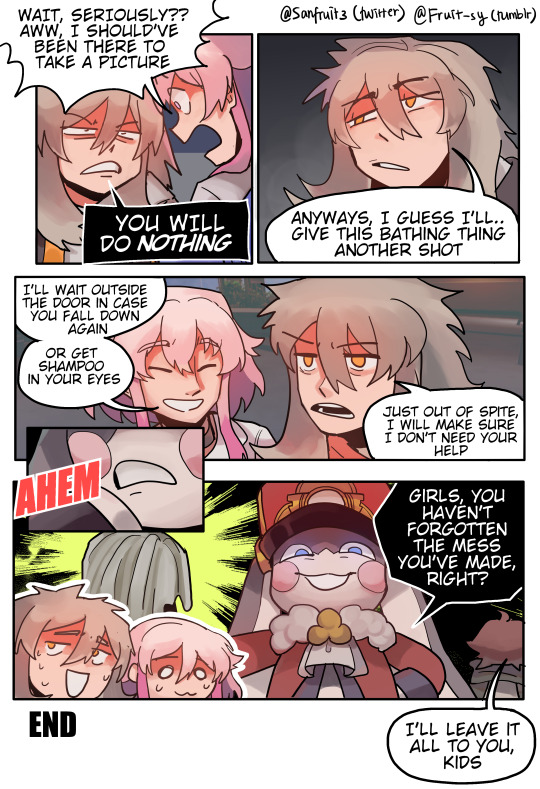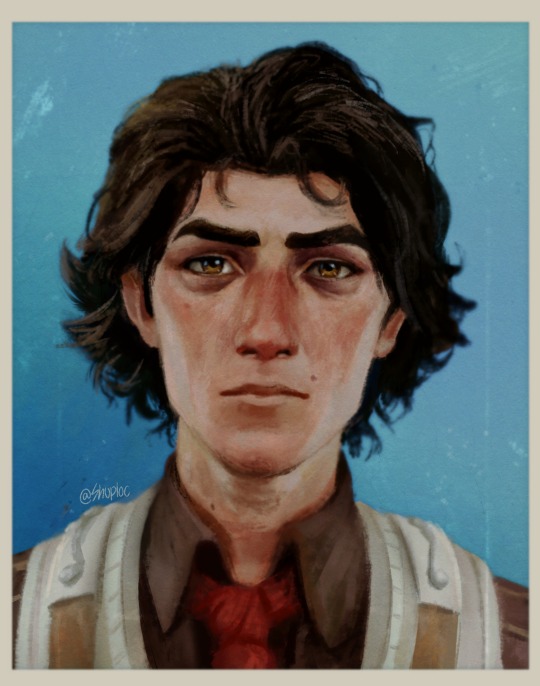Your average scrawny, brown haired, cane using men simp. Got any requests on edits or art? Ask and you might or might not receive.
Don't wanna be here? Send us removal request.
Text
A general cane guide for writers and artists (from a cane user, writer, and artist!)
Disclaimer: Though I have been using a cane for 6 years, I am not a doctor, nor am I by any means an expert. This guide is true to my experience, but there are as many ways to use a cane as there are cane users!
This guide will not include: White canes for blindness, crutches, walkers, or wheelchairs as I have no personal experience with these.
This is meant to be a general guide to get you started and avoid some common mishaps/misconceptions, but you absolutely should continue to do your own research outside of this guide!
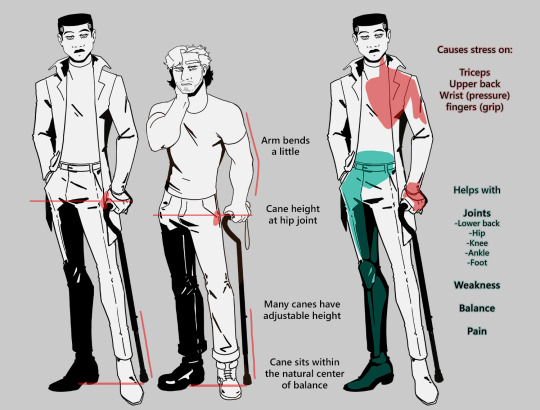
The biggest recurring problem I've seen is using the cane on the wrong side. The cane goes on the opposite side of the pain! If your character has even-sided pain or needs it for balance/weakness, then use the cane in the non-dominant hand to keep the dominant hand free. Some cane users also switch sides to give their arm a rest!
A cane takes about 20% of your weight off the opposite leg. It should fit within your natural gait and become something of an extension of your body. If you need more weight off than 20%, then crutches, a walker, or a wheelchair is needed.
Putting more pressure on the cane, using it on the wrong side, or having it at the wrong height will make it less effective, and can cause long term damage to your body from improper pressure and posture. (Hugh Laurie genuinely hurt his body from years of using a cane wrong on House!)
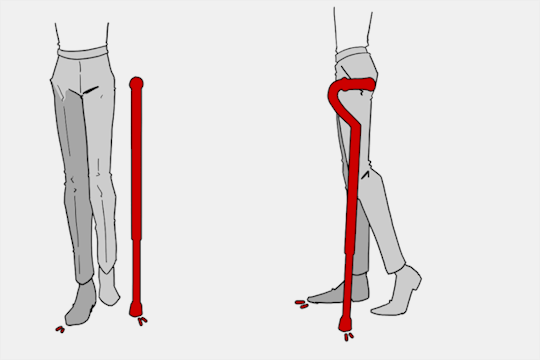
(an animated GIF of a cane matching the natural walking gait. It turns red when pressure is placed on it.)
When going up and down stairs, there is an ideal standard: You want to use the handrail and the cane at the same time, or prioritize the handrail if it's only on one side. When going up stairs you lead with your good leg and follow with the cane and hurt leg together. When going down stairs you lead with the cane, then the good leg, and THEN the leg that needs help.
Realistically though, many people don't move out of the way for cane users to access the railing, many stairs don't have railings, and many are wet, rusty, or generally not ideal to grip.
In these cases, if you have a friend nearby, holding on to them is a good idea. Or, take it one step at a time carefully if you're alone.
Now we come to a very common mistake I see... Using fashion canes for medical use!
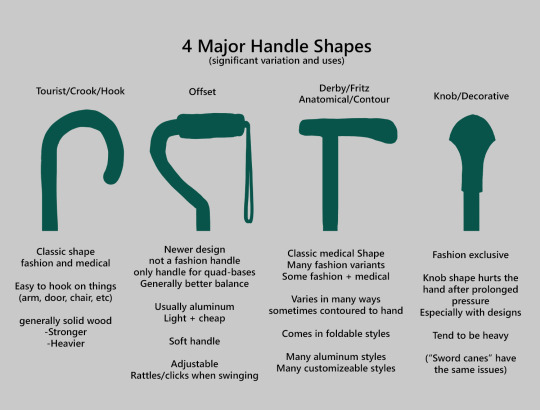
(These are 4 broad shapes, but there is INCREDIBLE variation in cane handles. Research heavily what will be best for your character's specific needs!)
The handle is the contact point for all the weight you're putting on your cane, and that pressure is being put onto your hand, wrist, and shoulder. So the shape is very important for long term use!
Knob handles (and very decorative handles) are not used for medical use for this reason. It adds extra stress to the body and can damage your hand to put constant pressure onto these painful shapes.
The weight of a cane is also incredibly important, as a heavier cane will cause wear on your body much faster. When you're using it all day, it gets heavy fast! If your character struggles with weakness, then they won't want a heavy cane if they can help it!
This is also part of why sword canes aren't usually very viable for medical use (along with them usually being knob handles) is that swords are extra weight!
However, a small knife or perhaps a retractable blade hidden within the base might be viable even for weak characters.
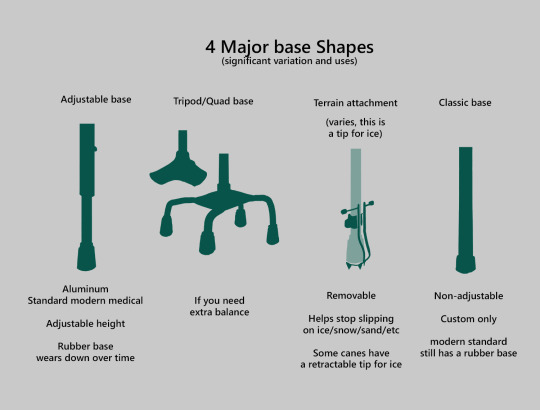
Bases have a lot of variability as well, and the modern standard is generally adjustable bases. Adjustable canes are very handy if your character regularly changes shoe height, for instance (gotta keep the height at your hip!)
Canes help on most terrain with their standard base and structure. But for some terrain, you might want a different base, or to forego the cane entirely! This article covers it pretty well.
Many cane users decorate their canes! Stickers are incredibly common, and painting canes is relatively common as well! You'll also see people replacing the standard wrist strap with a personalized one, or even adding a small charm to the ring the strap connects to. (nothing too large, or it gets annoying as the cane is swinging around everywhere)
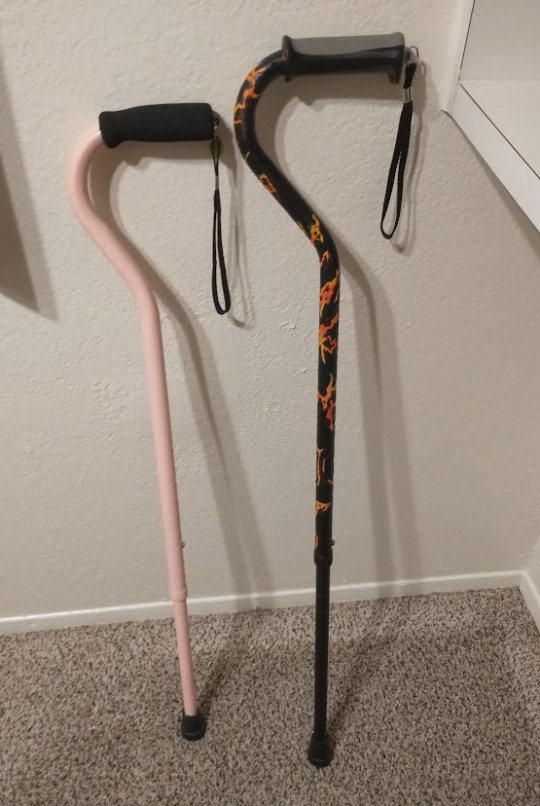
(my canes, for reference)
If your character uses a cane full time, then they might also have multiple canes that look different aesthetically to match their outfits!
When it comes to practical things outside of the cane, you reasonably only have one hand available while it's being used. Many people will hook their cane onto their arm or let it dangle on the strap (if they have one) while using their cane arm, but it's often significantly less convenient than 2 hands. But, if you need 2 hands, then it's either setting the cane down or letting it hang!
For this reason, optimizing one handed use is ideal! Keeping bags/items on the side of your free hand helps keep your items accessible.
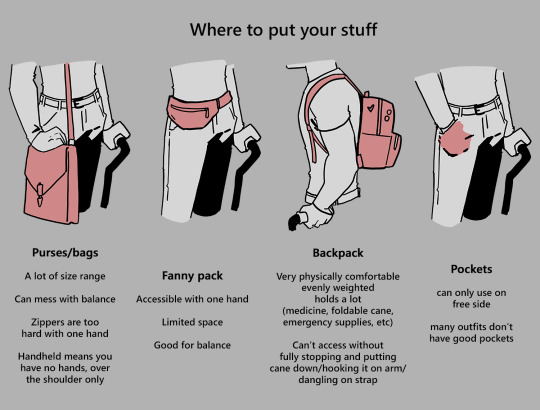
When sitting, the cane either leans against a wall or table, goes under the chair, or hooks onto the back of the chair. (It often falls when hanging off of a chair, in my experience)
When getting up, the user will either use their cane to help them balance/support as they stand, or get up and then grab their cane. This depends on what it's being used for (balance vs pain when walking, for instance!)
That's everything I can think of for now. Thank you for reading my long-but-absolutely-not-comprehensive list of things to keep in mind when writing or drawing a cane user!
Happy disability pride month! Go forth and make more characters use canes!!!
92K notes
·
View notes
Text
reminder to:
straighten your back
go pee goddAMN IT STOP HOLDING IT
go take your meds if you need to
drink some water
go get a snack if you havent eaten in a while
maybe wander around the house/stretch a little if you’ve been sat at the computer a while (artists especially: sTRETCH THOSE WRISTS)
reply to that text/message from earlier you’d forgotten about
maybe send a nice lil message to someone having a bad day?
1M notes
·
View notes
Text


Per @toonapizza's request, March 7th has found a different job as well
#hsr#hsr march 7th#march 7th#march 7th hsr#honkai star rail#star rail#honkai march 7th#star rail march 7th#hsr fanart#pfp
15 notes
·
View notes
Photo
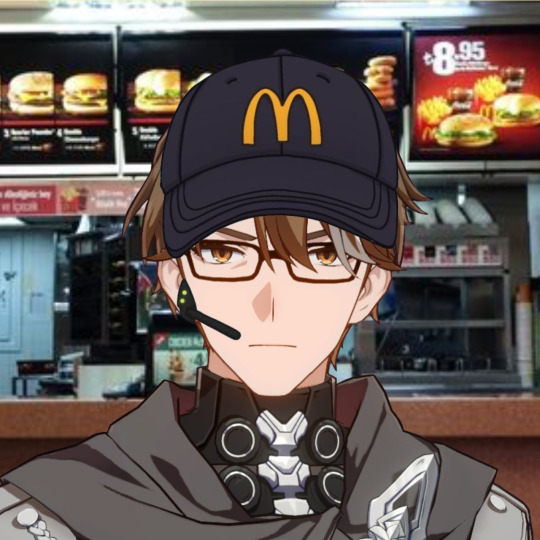
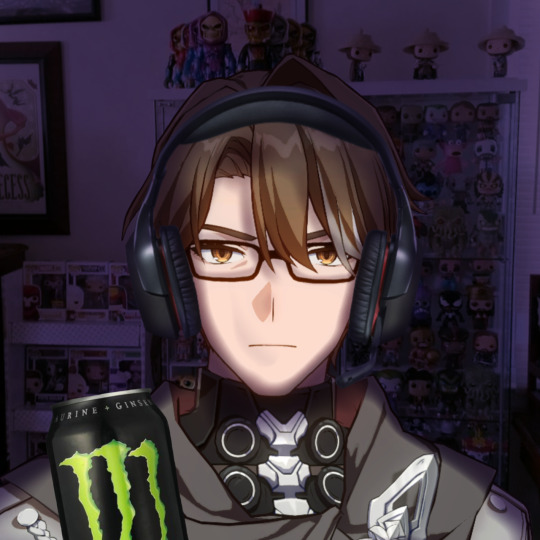
Welt if becoming an animator didn’t work out.
#i love this man so much#welt yang#welt#hsr#hsr welt#pfp#honkai#honkai star rail#honkai impact welt#star rail#honkai welt#honkai impact#hi3#honkai impact 3#honkai impact 3rd
438 notes
·
View notes
Text


Haven't seen too much Welt art so I wanted to change that~
#welt#welt yang#hsr#hsr welt#honkai star rail#honkai 3rd#honkai welt#honkai impact#honkai impact 3rd#star rail
106 notes
·
View notes
Note
hi do u have any tips for new writers :o
Oh I can actually use my English degree here! Okay, okay, so some of these are tips that work for me, some of these are tips I learned in my writing classes. But it's always important to remember that every writer is different and has a different process. Sorry if this is too much.
Outlining is your best friend. Not all writers outline, and personally most of the time when I'm just writing off-the-cuff pieces I don't outline (and it shows in my writing but that's also the point of those pieces, they're just meant to be "in the moment" pieces). Outlines can differ depending on the person or project, but it can be life-saving when working on long projects and keeping track of the content and timeline.
Show, don't tell. Don't just outright say something happened. Show it happening rather than telling it. (extra: not everything has to happen "in the moment" when writing. I cannot remember the specific term, but it's important to incorporate that and summaries into your stories.)
Sensory details are your friend. But don't overdo it. Focus on the five senses when writing. Taste, Touch, Sound, Sight, and Smell. Incorporate those into your story when applicable, they'll enhance the scene. But do not put too much focus on one or another or just sensory details in general because you can overdo it and it'll ruin what you were trying to accomplish.
Said is an okay word to use. Don't let those "words to use instead of said" lists trick you into not using the word. It's fine to use, just don't overuse it.
You don't need speech tags for every bit of dialogue. Continuing on the same topic as the last one, you don't need to have a speech tag for every line of dialogue. Just make sure it's concise if multiple people are talking.
Use commas when there's a speech tag and a period when there isn't. For example: "I love it," she said. vs. "I love it!" She looked around the room as she grinned. Also, words like chuckled, laughed, grinned, scoffed all use periods. "I love it," she laughed, doesn't work because someone wouldn't laugh (or chuckle or grin or scoff) a line. Rather, it'd be, "I love it." She laughed. Or, "I love it," she said as she laughed.
Thesauruses are your friend...except when they're not. Don't pick random words that pop up in a thesarus just because they're a synonym. Not all words are exactly synonymous nor will they fit within the context of your writing. Trembled could be substituted for shook. Shook could be substituted for shivered. Shivered could not be substituted with convulsed or vice versa. Read definitions and pick wisely.
It's okay to have repeated words. Going off the last one, it's okay to repeat words. Sometimes writers will repeat words multiple times within back-to-back sentences. It can be a stylistic choice. Just don't rely on those words and repeat them too much.
Practice and find your prose. Everyone has their own prose. Mimic what you like when trying to find your own, read as much as you can, write as much as you can, and practice figuring out your voice.
Tropes and cliches are okay. It probably goes without saying, but as long as you don't overdo them, use tropes and cliches to your heart's desire. Some say you have to put your own twist on them, and yes that's an important thing to incorporate. But also, you do not have to. You can write whatever trope however you want.
Write unique and interesting characters. That doesn't mean you can't have boring characters that are meant to be boring (i.e., round vs. static vs. symbolic vs. dynamic vs. stock vs. flat). Rather, it's about making sure each character is their own and has likes, dislikes, goals, desires, etc.
Long paragraphs are daunting. This one is arguably subjective, but it is important to remember paragraph lengths when writing. Short paragraphs without enough detail can make a reader feel like their missing something. Long paragraphs where there's too much information can become too much to ingest at once. Or, long paragraphs without enough information can be boring and make a reader lose interest. Plus, as the title says, sometimes when readers see very long paragraphs, it can turn them off from reading the piece.
Don't info dump during the exposition. Info dumping can be hard to avoid, especially when world-building. I don't have any exact tips here besides just try to avoid putting too much information in an exposition. This is where the "show, don't tell" bit can come in handy.
Write what you want to write. Whether you're going to post, publish, or share your writing, you should be writing the story that you want to write.
162 notes
·
View notes

